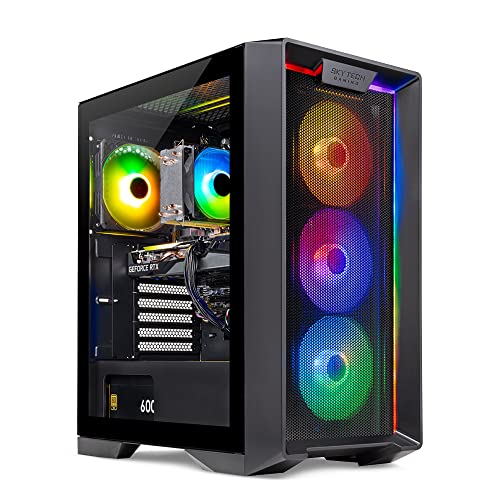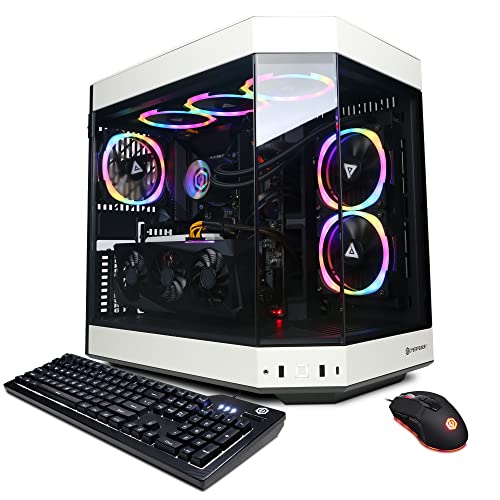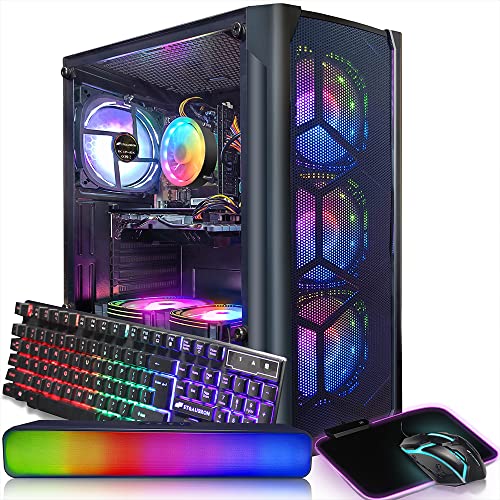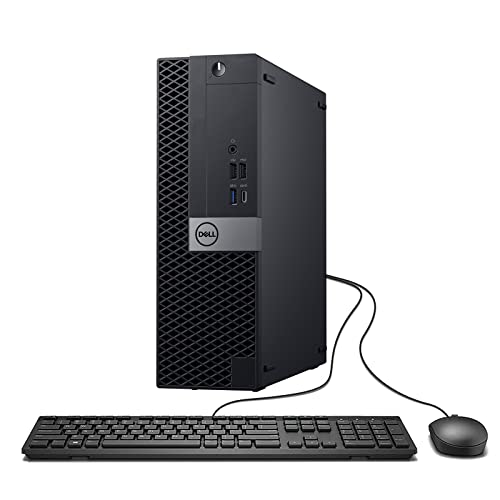**Introduction**
Digital twin technology is reinventing how PC systems are designed, maintained, and optimized by creating a virtual replica of physical hardware. These digital models allow manufacturers and users alike to simulate performance, predict issues, and test modifications in a risk‑free digital environment. This article explores the latest advancements in digital twin technology for PC hardware and the transformative benefits it offers in terms of performance tuning and predictive maintenance.
**Technological Innovations**
- **Real‑Time Data Integration:**
By interfacing with embedded sensors, digital twin systems receive continuous, real‑time data on temperature, vibration, and power usage for accurate simulations.
- **Advanced Simulation and Modeling:**
High‑fidelity 3D modeling and physics‑based simulation techniques enable comprehensive analysis of component interactions and performance under various conditions.
- **AI‑Predictive Analytics:**
Machine learning algorithms analyze digital twin data to forecast potential hardware failures and recommend optimal system tweaks.
- **Cloud‑Based Collaboration:**
Cloud integration allows for remote access, enabling engineers and enthusiasts to share digital twin data and collaborate on system optimization.
**Applications and Benefits**
- **Optimized Performance:**
By simulating various configurations virtually, users can identify the optimal balance of components, achieving peak performance prior to physical modifications.
- **Predictive Maintenance:**
Anticipating hardware failures through digital twin analytics reduces downtime and maintenance costs, extending the lifespan of critical components.
- **Training and Testing:**
Digital twins provide a risk‑free environment for testing overclocking, thermal management solutions, and other performance enhancements.
- **Cost‑Effective Upgrades:**
Identifying bottlenecks and inefficiencies virtually allows for targeted, cost‑effective upgrades without the need for extensive trial‑and‑error.
**Future Directions**
As digital twin technology evolves, deeper AI integration and real‑time feedback loops will further refine performance predictions. Enhanced virtual collaboration tools may lead to community‑driven digital twin optimization, ensuring that hardware designs stay at the cutting edge of innovation.
**Keywords:** digital twin, virtual simulation, predictive maintenance, PC performance, real‑time data, AI‑driven analytics, virtual hardware, system optimization, next‑gen simulation
Digital Twin Technology in PC Hardware
Virtual Simulation for Enhanced Performance
Related Articles
Essential High-Performance PC Components You Need Now
Upgrade your setup with the must-have parts for unbeatable gaming and productivity
Top Picks for Best High-Performance PCs
Find the perfect power machine for gaming, work, or creative projects
Your Guide to the Best High-Performance PCs
Find the Right PC for Your Gaming and Creative Needs
View our related products
See more






